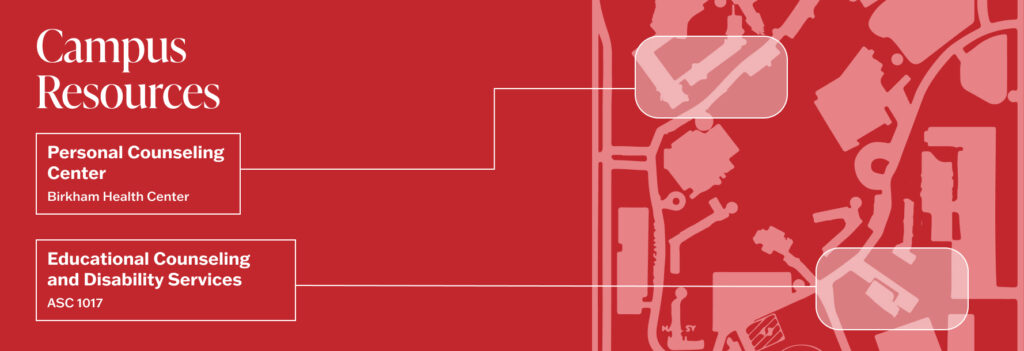Throughout October, disability awareness events are being hosted at Ferris to educate the campus community.
It is especially important to educate people on invisible disabilities. An invisible disability is a disability that cannot be seen just by looking at a person. There are many kinds of invisible disabilities, such as chronic illnesses, mental illnesses and brain injuries. Since there are so many different invisible disabilities, symptoms can vary.
In the social work program, senior Autumn Wurtz suffers from postural orthostatic tachycardia syndrome, a condition that increases heart rate with changes in certain movements, such as standing up or sitting down. Wurtz’s symptoms include chronic pain and fatigue.
People often associate disabilities with something they can physically see. This association can even carry over during the diagnosis process.

“It’s very hard for doctors to take things seriously [if] they can’t see [them],” Wurtz said.
Getting a diagnosis was hard for Wurtz, as most doctors chalked their symptoms up to anxiety. Physical therapy was also something doctors tried to recommend. It became apparent after a few rounds of unsuccessful physical therapy treatment that Wurtz needed to reach out to different doctors.
Also in the social work program, sophomore Skylar Meyer suffers from irritable bowel syndrome and gastroesophageal reflux disease. Early morning classes can be challenging for Meyer, since their stomach issues tend to be worse in the morning.
Director of the Personal Counseling Center Andy Slater believes that one of the biggest struggles of having an invisible disability is feeling valid. One of the most effective ways to help someone feel valid is to show support.
“Showing support can be knowing the resources of where that person can go to if they need help,” Ashley Hawley, a secretary at the Educational Counseling and Disability Services said.
For those suffering from an invisible disability, according to Meyer and Wurtz, another way of showing support is just being willing to listen and understand. This is why it is so important to educate people about disabilities, whether they are visible or not. A good listening ear and knowledge of resources are some of the best ways to show support.
There are a few different services around campus to help those struggling with invisible disabilities, such as the Personal Counseling Center, which is located in the Birkam Health Center. The Educational Counseling and Disability Services, located in ASC 1017, also has services available. The services provided by these two centers are free and available to students at any time.
Wurtz believes that people with disabilities can do anything that those who are not suffering from a disability can do, they just might have to take a different approach.
“As someone who struggles with disabilities, it is important to not undermine what we are able to do,” Wurtz said.
Lastly, the biggest way to show support is by treating everyone the same, regardless of whether they have a physical or invisible disability, or if they are non-disabled.
